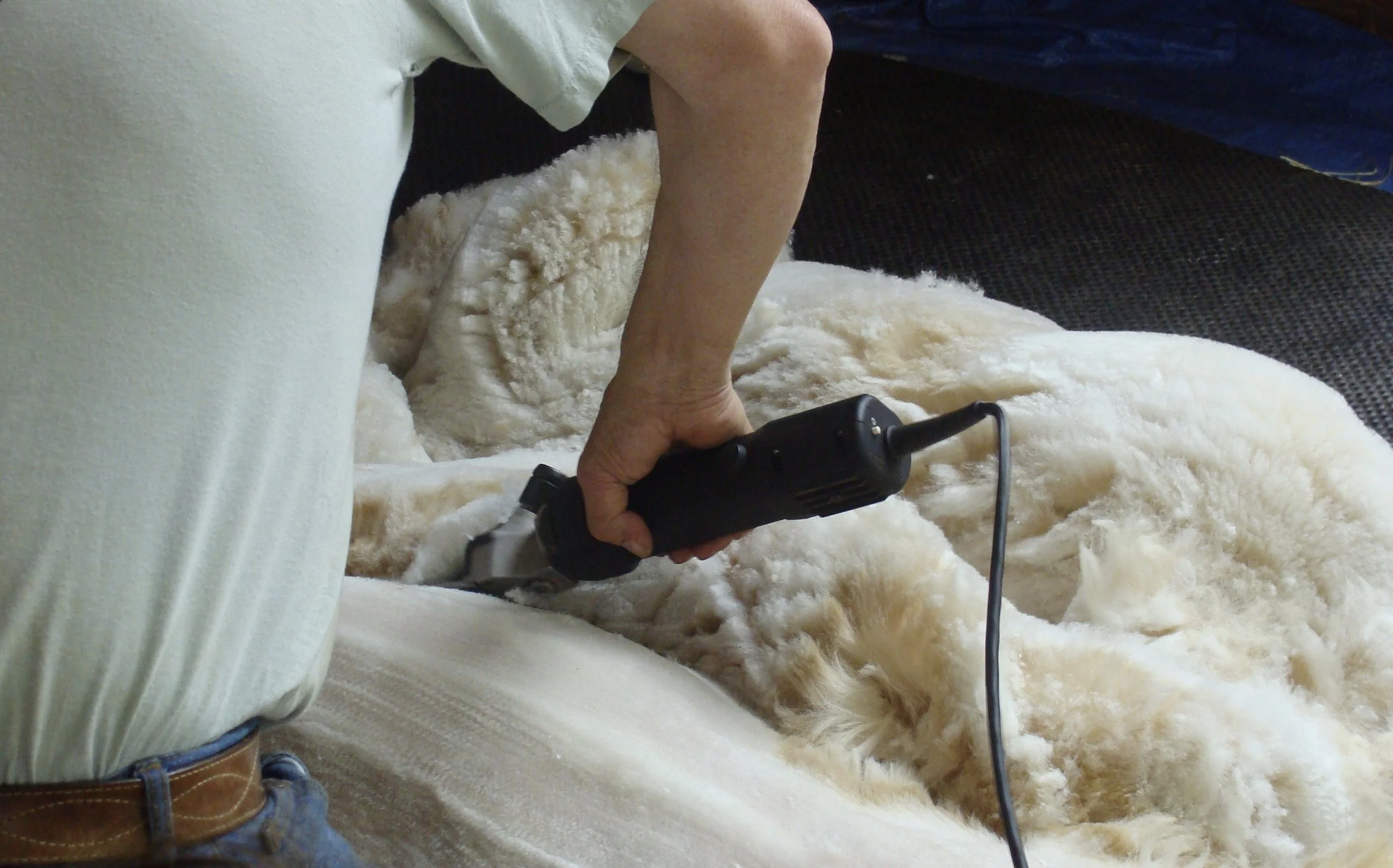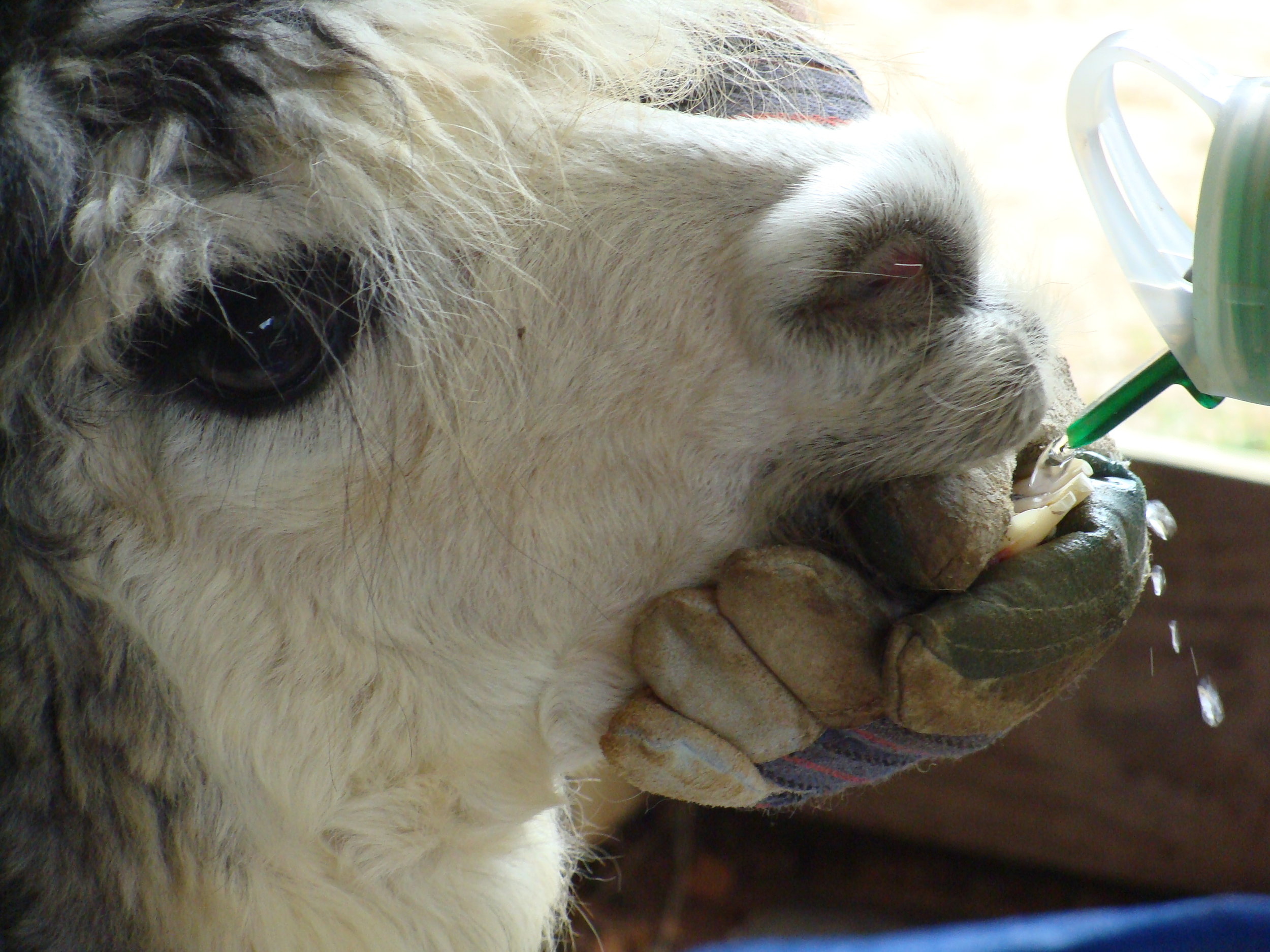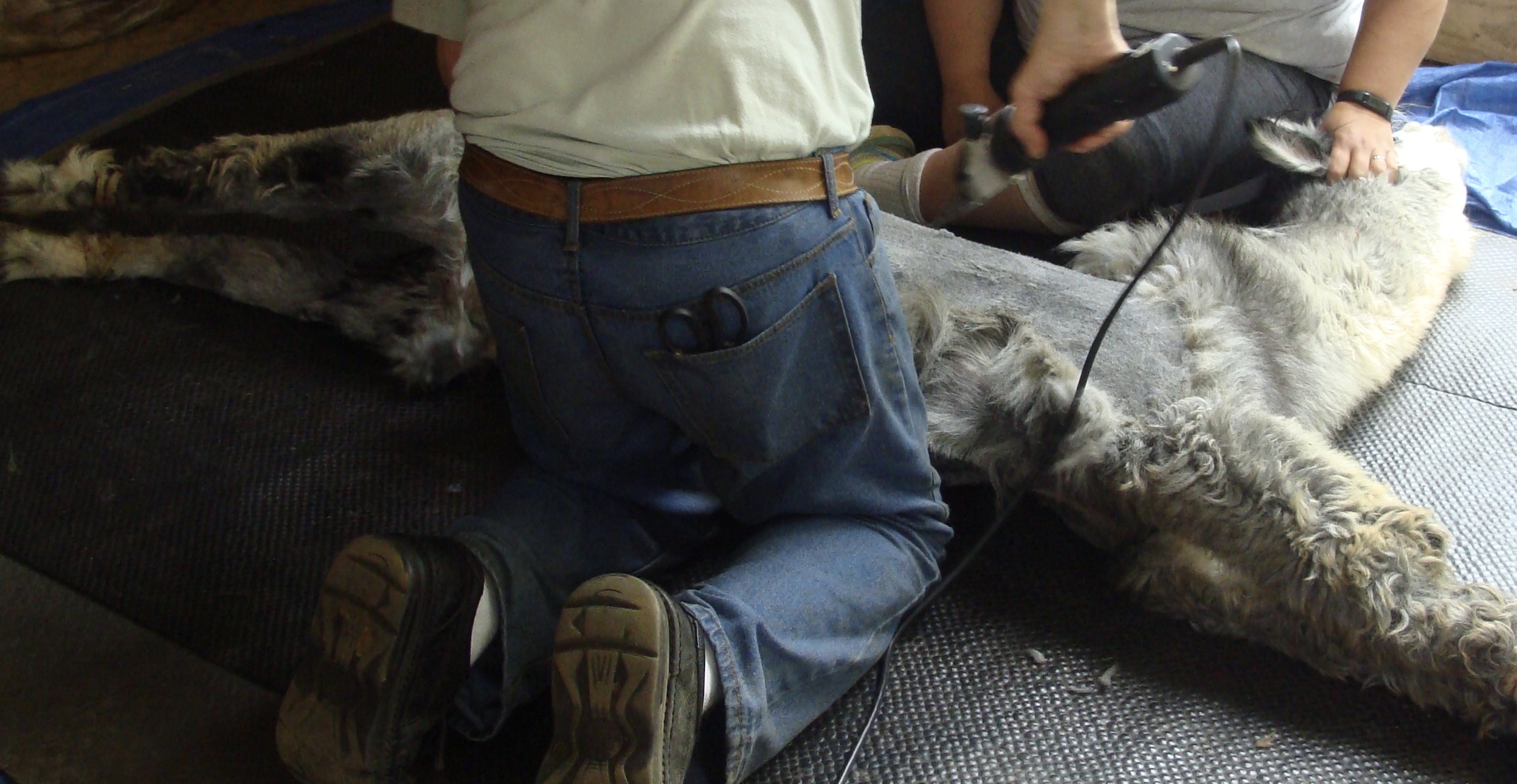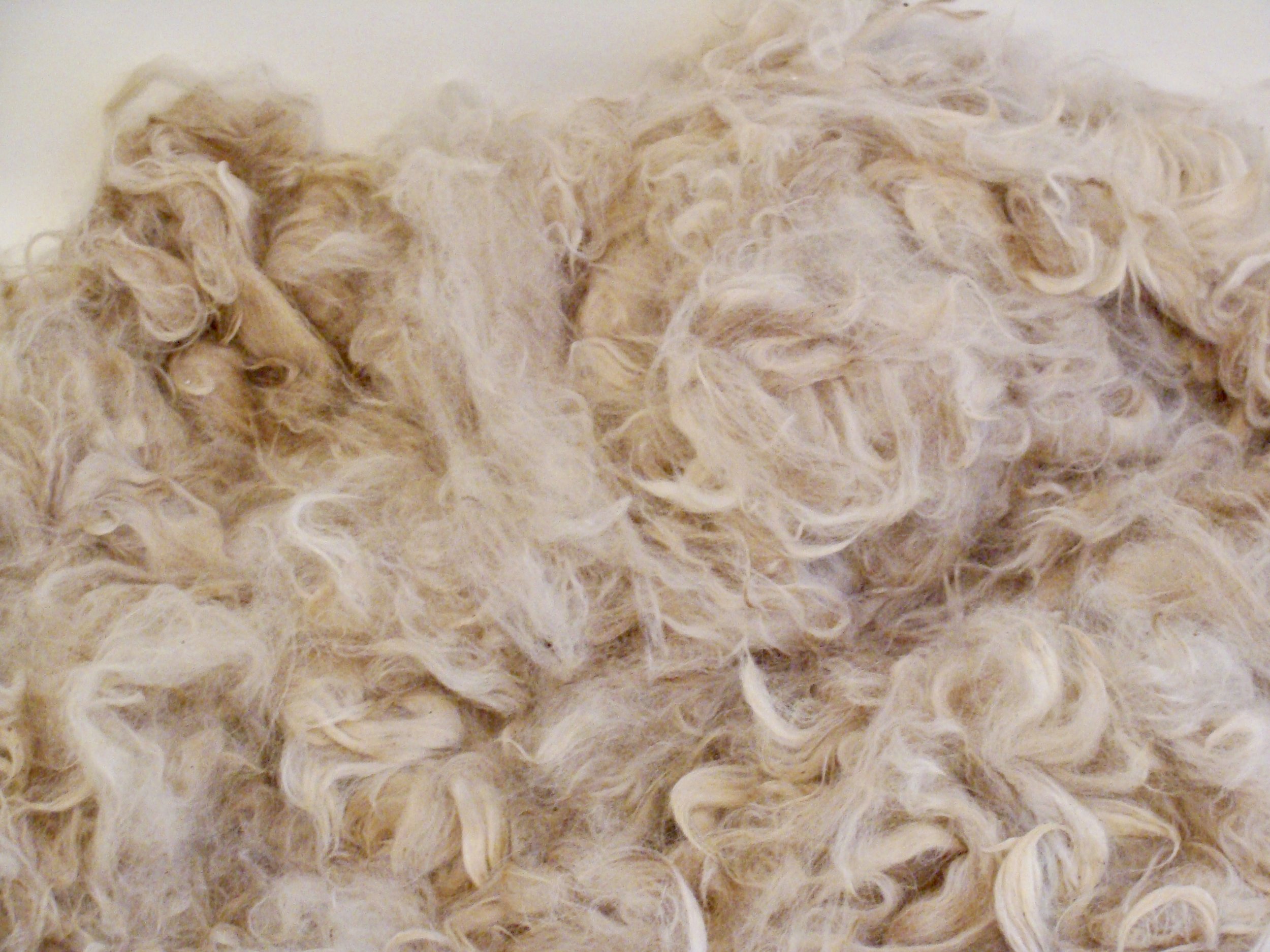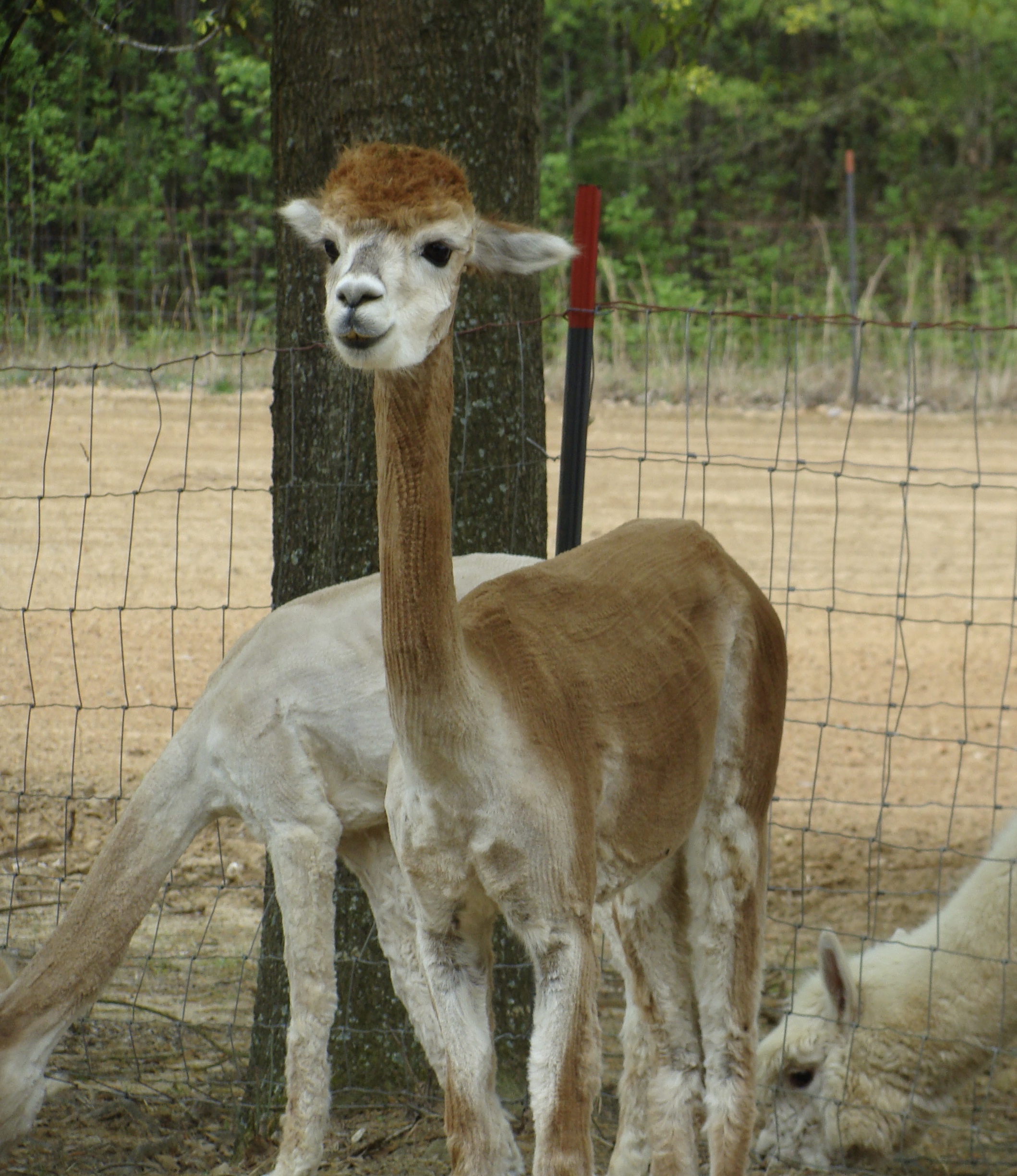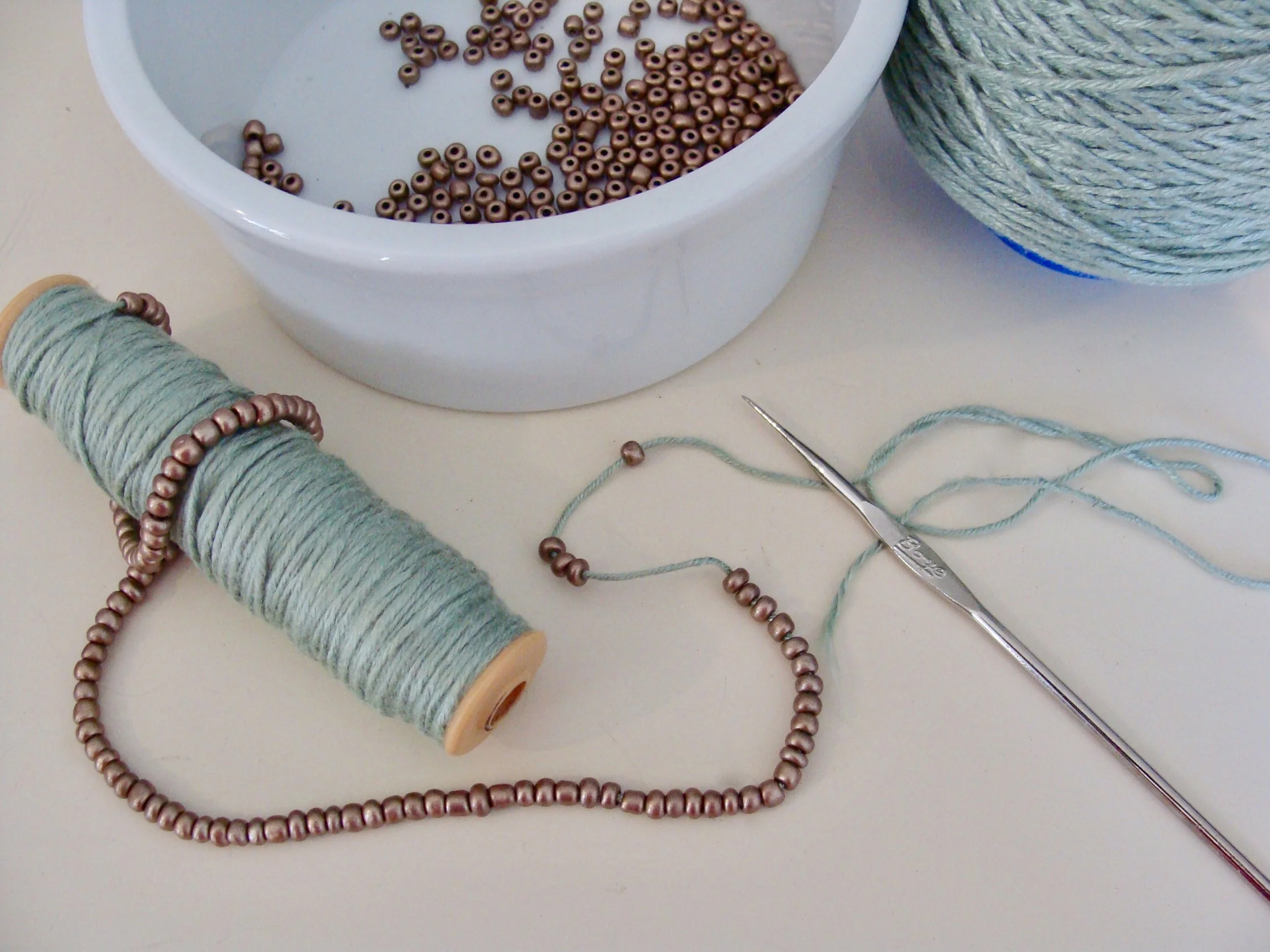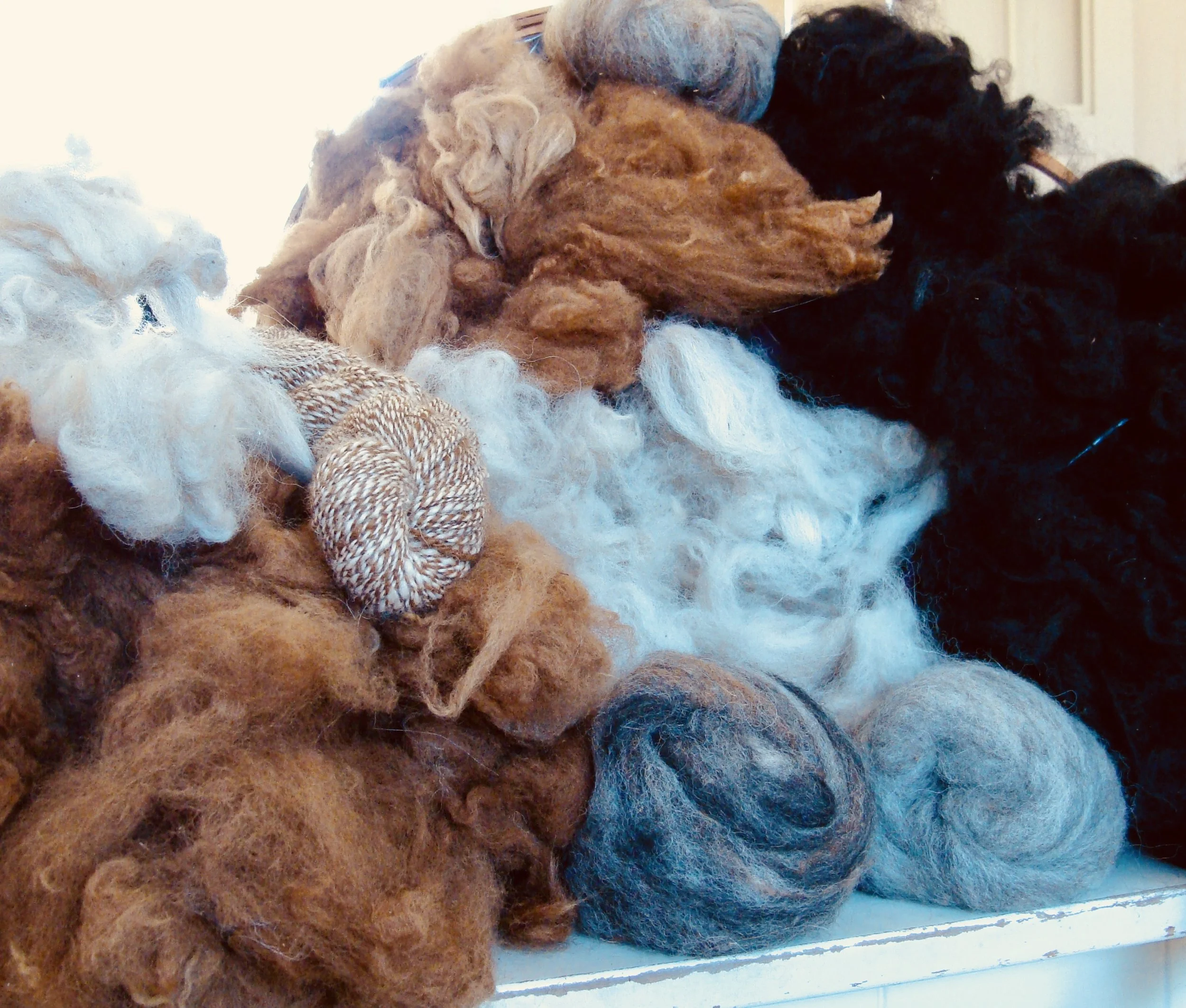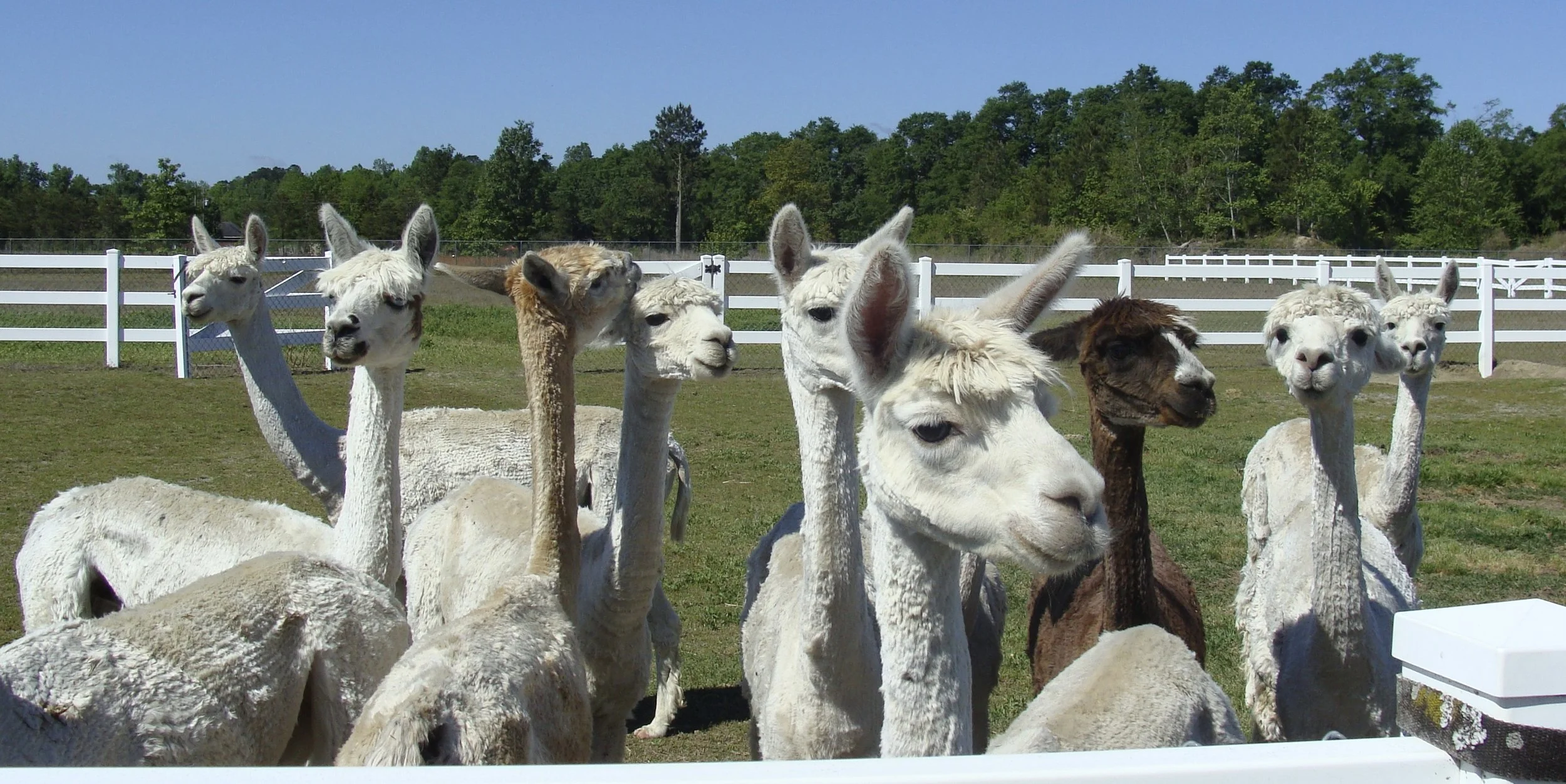Alpaca Shearing
I've been working on a number of posts that will be appearing soon as part of my mini series on Alpacas. And what better place to start than with the animal and their fleece!
Carolina Pride Pastures, LLC
Specializing in fine fiber and education
1416 SC Hwy 34
Pomaria, SC 29126
http://www.cppastures.com
This past weekend was crop harvest (fleece shearing) at Carolina Pride Pastures, a local alpaca farm featuring huacaya alpacas. Alicia Holbrook is the owner, who along with her husband Eric, started the farm with a herd of 5 pregnant females in November 2013. The farm's residents now include 20+ alpacas and several llamas.
Carolina Pride Pastures specializes in farm tours, educational seminars, fleece sales, and alpaca fertilizer. In addition, the farm store offers alpaca yarn, as well as handknitted and felted items. These products can also be purchased through their online store.
The herd is protected by a Great Pyrenees named Big Girl. In addition, the farm has a female llama, Dolly, for the girls' pastures and a male llama, Ed, for the boys' pastures.
Let's start with a photo that shows the 'before and after' sheared alpaca look.
Here's the process . . .
The alpaca's front and back legs are restrained and Alicia holds the head to keep the animal secure during the process. Here's this beauty ready for her "spa" treatment.
First a little work on the 'smile'. Alpacas only have teeth on the bottom. They have a soft upper gum area, which they chew their chud against with their bottom teeth. Some alpacas will keep their teeth worn down with normal chewing, whereas others will need their teeth trimmed periodically to keep proper alignment for grabbing tufts of grass from the pasture.
And just like at the dentist, grinding is followed by rinse & spit!
Before the haircut, each alpaca has a pedicure (hooves are trimmed).
Then the shearing commences.
After one side is sheared, the alpaca is turned . . .
. . . and the other side is sheared.
The blanket (fleece) is removed in one piece and bagged. Alicia will later tumble each fleece to remove some of the vegetative matter (VM) such as dust/dirt, straw/hay, dried poo. The fleeces are then sent to a processing mill in Florida and will return as yarn for sale and for making handmade items for purchase.
After the blanket is removed, the rest of the alpaca is sheared which includes the legs, neck, belly and a trim to the tail and head. These clippings are divided into 'second cuts' which Alicia uses for felting and shorter 'third cuts' which are made into nesting balls.
And here she is sporting her new look, ready for the heat of a South Carolina summer.
A serendipitous moment was to find this fellow, Regalia, who was just added to the herd. You may recall that I spoke here about an award winning fleece I had purchased a few years back at SAFF that I would be using in the Alpaca mini series. This is THE Regalia, one and the same!
And here is that raw fleece.
What do you get when you cross an alpaca with a llama? Why a llampaca of course!
I'll bring this post to a close with a photo of this sweet-faced alpaca who just brought a smile to Pete and me.
I would like to thank Alicia and Eric for allowing me to observe and record the shearing. They were extremely gracious and enthusiastically answered my multitude of questions. I also would like to thank Juergen Kopp from OnAgain OffAgain Farm who in addition to being the shearer, shared a wealth of his alpaca knowledge.
Please visit the Carolina Pride Pastures website and if you are local, consider a visit to the farm!



